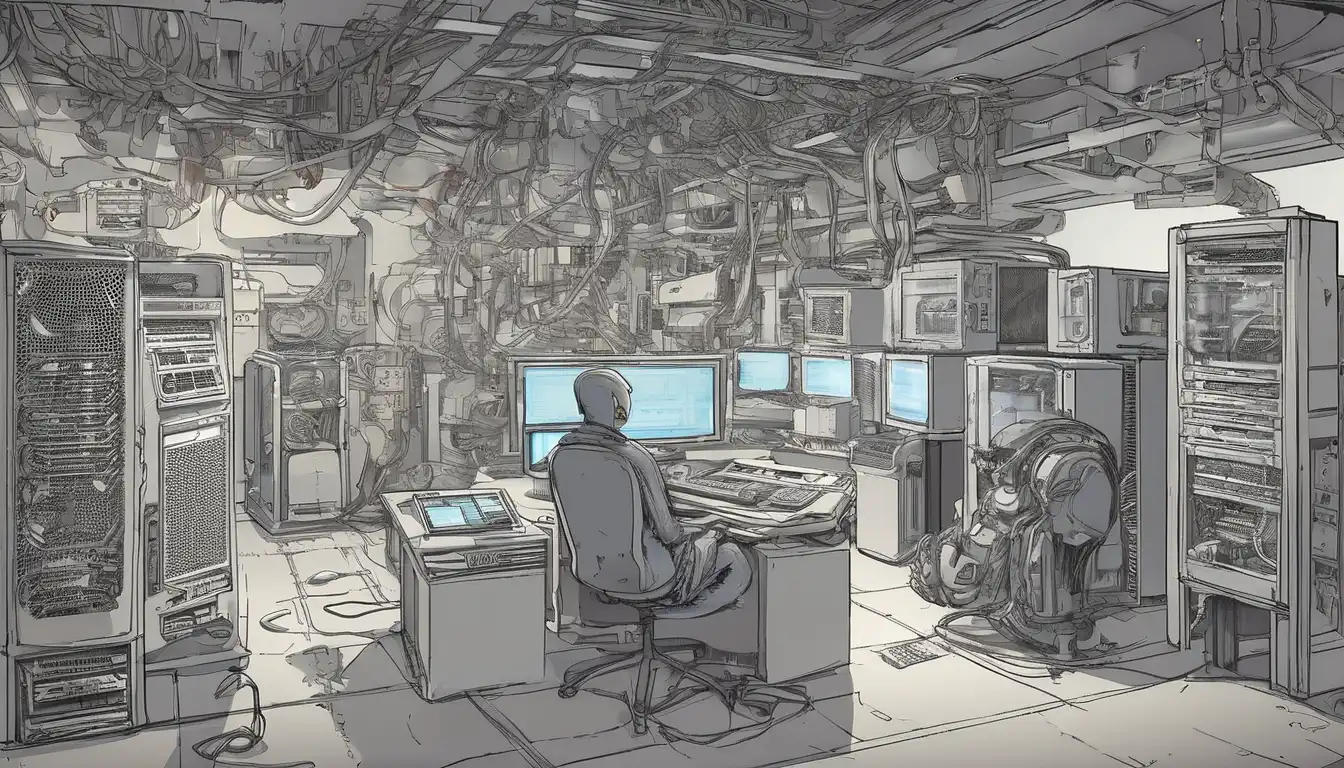Introduction to Computer Component Selection
Building your own computer can be an incredibly rewarding experience, but choosing the right components is crucial for optimal performance and value. Whether you're building a gaming rig, workstation, or everyday computer, understanding how each component works together will help you make informed decisions. This comprehensive guide will walk you through the essential steps to select the perfect components for your specific needs and budget.
Understanding Your Computing Needs
Before diving into specific components, it's essential to assess your primary use case. Different applications require different hardware configurations. For gaming enthusiasts, the graphics card and processor take priority, while content creators might prioritize RAM and storage speed. Office users typically need balanced components that handle everyday tasks efficiently. Consider your current and future needs to ensure your build remains relevant for years to come.
Gaming Requirements
Gaming computers demand high-performance graphics cards, fast processors, and sufficient cooling systems. Modern AAA titles require substantial GPU power and adequate RAM to run smoothly at high resolutions. When selecting components for gaming, prioritize the graphics card as it has the most significant impact on gaming performance.
Professional Workstation Needs
Workstations for video editing, 3D rendering, or software development benefit from multi-core processors, large amounts of RAM, and fast storage solutions. These systems often require specialized components like professional-grade graphics cards and enterprise-level storage for optimal performance in professional applications.
Core Component Selection Guide
Choosing the Right Processor (CPU)
The CPU serves as the brain of your computer, handling all computational tasks. When selecting a processor, consider core count, clock speed, and thermal design power (TDP). Intel and AMD offer excellent options across different price points. For gaming, focus on single-core performance, while content creation benefits from higher core counts. Ensure your chosen CPU matches your motherboard's socket type for compatibility.
Selecting the Motherboard
The motherboard acts as the foundation of your build, connecting all components together. Key considerations include chipset features, expansion slots, RAM capacity, and connectivity options. Choose a motherboard that supports your desired CPU and provides adequate expansion for future upgrades. Consider features like built-in Wi-Fi, multiple M.2 slots, and robust power delivery systems based on your needs.
Graphics Card (GPU) Selection
For gaming and graphics-intensive applications, the GPU is arguably the most critical component. Evaluate graphics cards based on performance benchmarks, VRAM capacity, and power requirements. NVIDIA and AMD offer competitive options across various price segments. Consider your monitor's resolution and refresh rate when selecting a GPU to ensure smooth performance in your preferred games or applications.
Memory (RAM) Considerations
System memory affects overall responsiveness and multitasking capability. Most modern systems benefit from 16GB of RAM, while gaming and content creation systems may require 32GB or more. Pay attention to RAM speed and latency timings, as these impact performance. Ensure your chosen RAM modules are compatible with your motherboard's specifications.
Storage Solutions
Modern builds typically combine fast NVMe SSDs for operating system and applications with larger capacity HDDs for data storage. Consider read/write speeds, capacity, and reliability when selecting storage devices. M.2 NVMe drives offer exceptional performance for boot drives, while SATA SSDs provide excellent value for game libraries and applications.
Power Supply Unit (PSU)
Often overlooked, the power supply is critical for system stability and longevity. Choose a PSU with adequate wattage for your components, considering future upgrades. Look for 80 Plus certification for efficiency and reputable brands known for reliability. Modular PSUs simplify cable management and improve airflow within your case.
Case Selection and Cooling
The computer case affects both aesthetics and functionality. Consider factors like build quality, airflow design, cable management features, and included fans. Proper cooling is essential for maintaining component longevity and performance. Air cooling solutions offer excellent value, while liquid cooling provides superior thermal performance for overclocked systems.
Compatibility and Future-Proofing
Ensuring component compatibility is crucial for a successful build. Use online tools like PCPartPicker to verify compatibility between your chosen components. Consider future upgrade paths when selecting your motherboard and power supply. Investing in a quality foundation allows for easier upgrades down the line.
Budget Allocation Strategy
Effective budget allocation ensures you get the best performance for your money. Generally, allocate the largest portion of your budget to components that most directly impact your primary use case. For gaming builds, this typically means prioritizing the GPU, while workstation builds might emphasize CPU and RAM.
Performance vs. Value Considerations
Balance performance requirements with budget constraints by identifying areas where premium components provide tangible benefits versus where mid-range options offer excellent value. Research performance benchmarks and real-world testing to make informed decisions about where to invest your money.
Building and Testing Your System
Once you've selected all components, proper assembly and testing ensure optimal performance. Follow best practices for component installation, cable management, and thermal paste application. After assembly, thoroughly test your system using benchmarking tools and monitor temperatures under load to ensure everything functions correctly.
Troubleshooting Common Issues
Even with careful component selection, issues can arise during the building process. Common problems include incompatible RAM, insufficient power, or cooling issues. Having a systematic approach to troubleshooting can save time and frustration when building your system.
Conclusion
Choosing the right computer components requires careful consideration of your specific needs, budget, and future requirements. By understanding how each component contributes to overall system performance and following compatibility guidelines, you can build a computer that perfectly matches your computing needs. Remember that technology evolves rapidly, so staying informed about the latest developments will help you make the best choices for your custom build.
Whether you're building your first computer or upgrading an existing system, the satisfaction of creating a perfectly tailored machine makes the research and planning worthwhile. With the right components selected through careful consideration, your custom computer will provide excellent performance and reliability for years to come.
